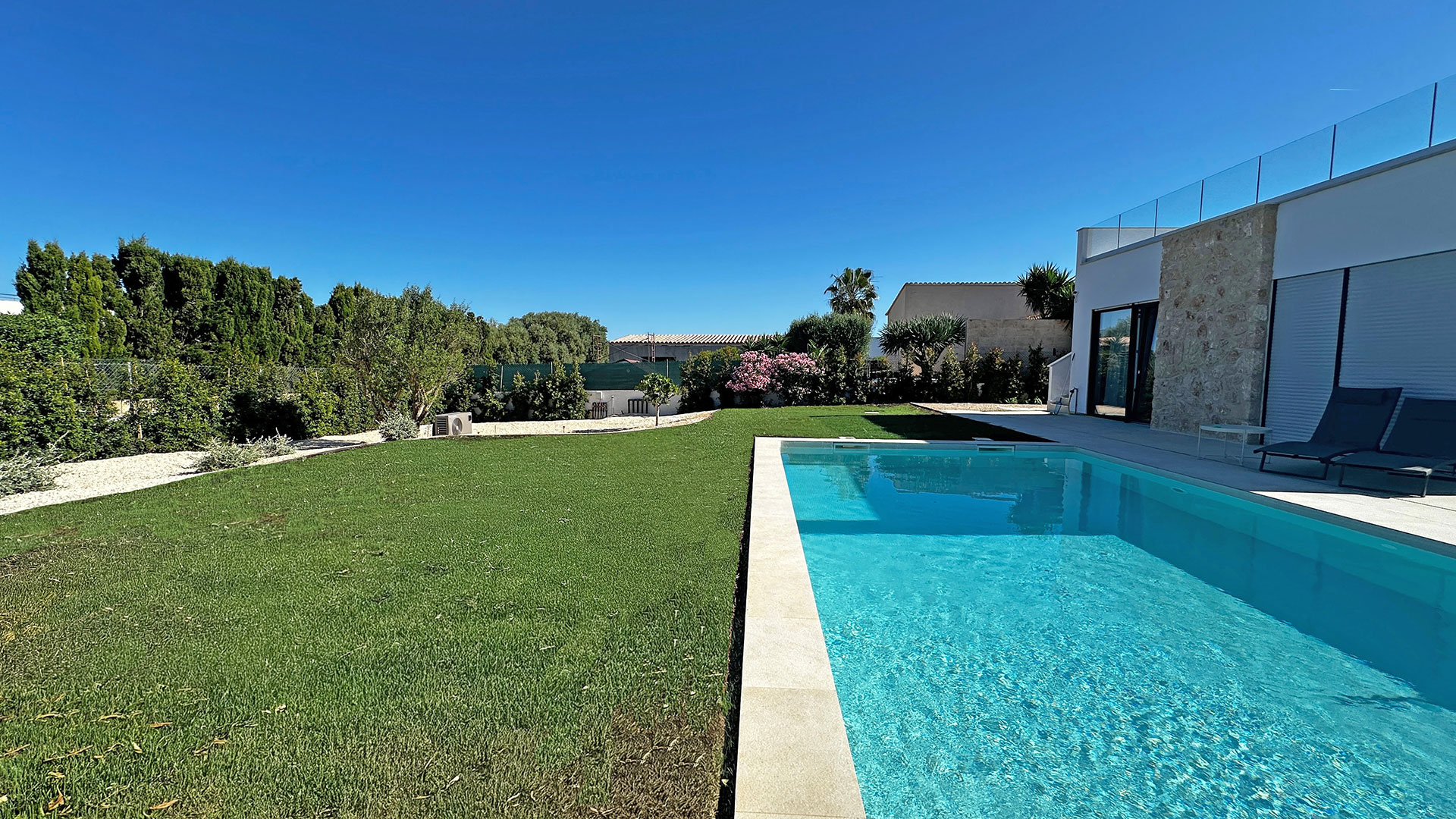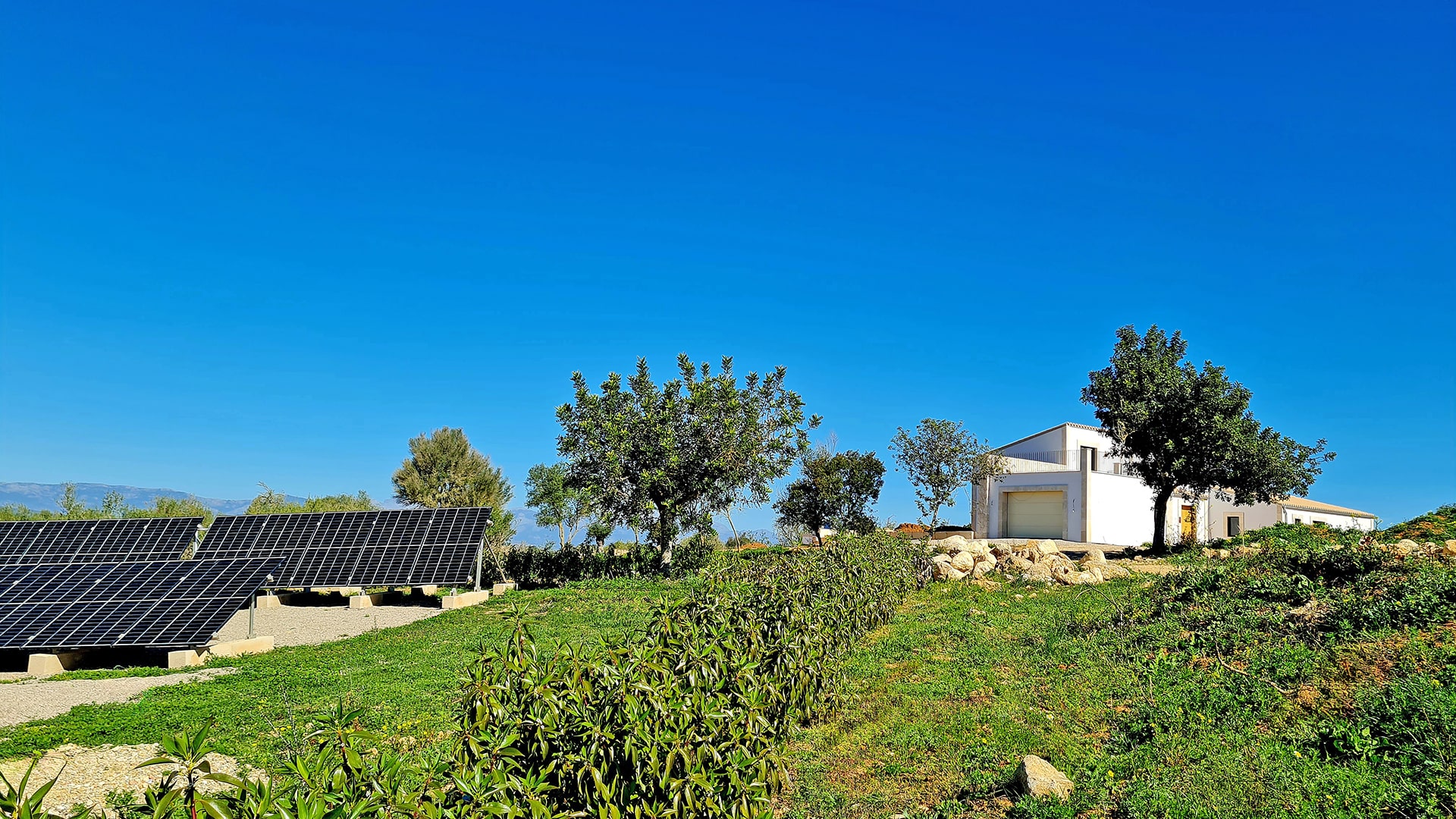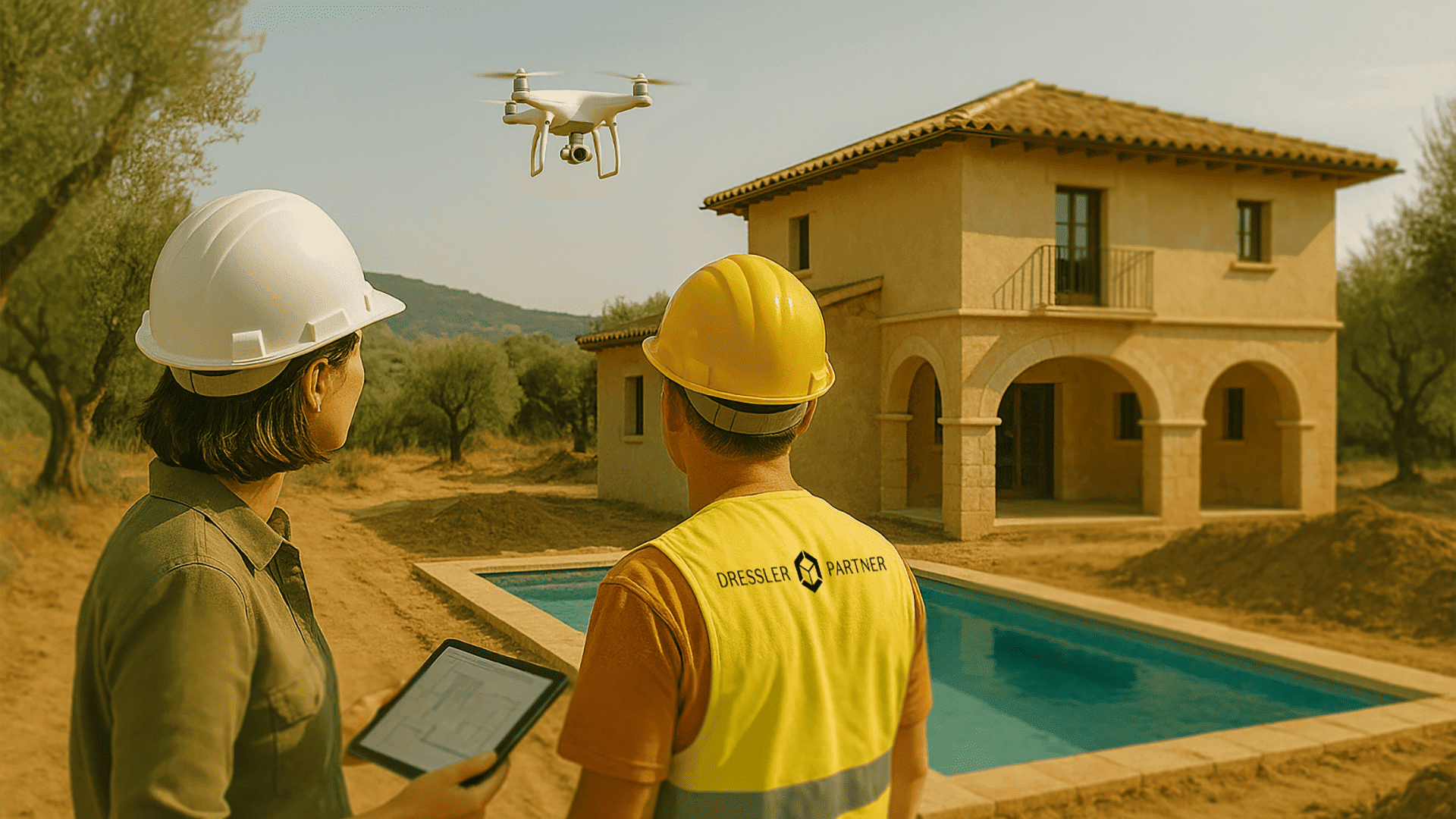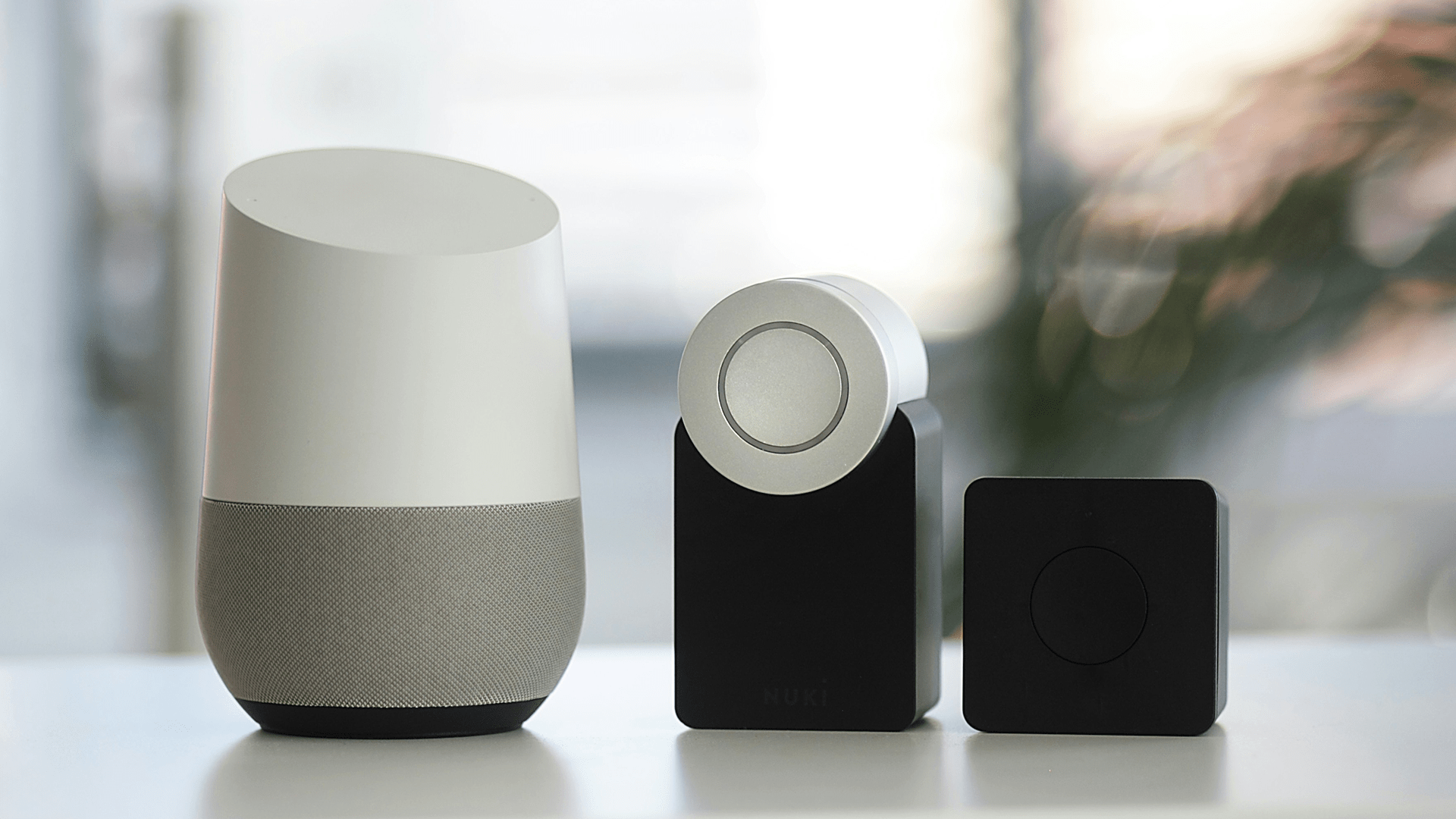

Sustainable building in Majorca: Trends and advantages
Sustainability is playing an increasingly important role in the property market – including in Majorca. Innovative construction projects that combine energy efficiency with modern architecture show how sustainable materials and technologies are influencing the property market on the island and why it pays to opt for environmentally friendly construction. Especially in a sunny climate like in Majorca, passive houses and environmentally friendly construction methods offer considerable advantages, both for the environment and for owners and investors.
Definition and goals of sustainable building
Sustainable construction, often referred by the term ‘green building’, includes construction methods and materials that are environmentally friendly and utilise resources efficiently. The aim is to minimise the negative environmental impact of buildings while creating a healthy and comfortable living environment. This includes the reduction of energy consumption, the use of renewable energies and the selection of ecological building materials.
Environmentally friendly construction methods in Majorca
Passive houses:
Passive houses are energy-efficient buildings that are designed to ensure a comfortable indoor climate with minimal energy consumption. They are characterised by excellent thermal insulation, airtight construction and controlled ventilation with heat recovery. As a result, they require hardly any active heating or cooling systems.
Solid construction, on the other hand, refers to the construction of a building in which load-bearing walls and ceilings are made of solid materials such as concrete, brick or sand-lime brick. This construction method offers a high heat storage capacity, which helps to equalise temperature fluctuations.
Comparison:
- Passive House is an energy standard, while solid construction is a construction method
- A passive house can be built using solid construction or lightweight construction (e.g. wood frame construction)
- The walls of a solid construction have a higher heat storage capacity, while lightweight passive house constructions often react more quickly to temperature changes
Differences in construction methods:
Solid construction – advantages & disadvantages
- High heat storage capacity → It stays cool for longer in summer and retains heat in winter
- Durable & stable in value → Concrete, brick & sand-lime brick are robust and durable
- Good sound insulation → Solid walls reduce noise better than lightweight constructions
- Longer construction time → Concrete & bricks need more time to dry
- Higher construction costs → Materials and labour are usually more expensive
Lightweight construction – advantages & disadvantages
- Fast construction → Prefabricated wooden houses can be erected in just a few weeks
- Sustainability → Wood as a building material is ecological and stores CO₂
- Lower construction costs → Often cheaper than solid construction
- Less heat storage → Heating has to be adjusted more frequently
- Poorer sound insulation → Noise can be transmitted more easily
Passive house & construction method
- Passive house in solid construction: Very good storage capacity, durable, but higher construction costs
- Passive house in lightweight construction: Sustainable & cheap, but less heat storage
Solar energy
Majorca, with its sunny climate, offers ideal conditions for the use of solar energy. The installation of photovoltaic or solar thermal systems on roofs makes it possible to generate electricity and hot water. This not only lowers energy costs, but also reduces the CO₂ footprint. According to a study conducted by the Balearic government in 2020, solar power now covers around 2 % of the islands’ energy requirements, and the trend is rising.
Water recycling
Water is a valuable resource, especially on an island like Majorca. Rainwater harvesting and grey water recycling systems can significantly reduce water consumption. These systems collect and filter rainwater or used water from showers and sinks for reuse, for example for watering gardens or flushing toilets.
Natural ventilation and sun shading
The use of natural ventilation systems and the strategic placement of trees or pergolas to provide shade can reduce the need for air conditioning. This leads to lower energy consumption and a more comfortable living atmosphere. In addition, modern shading solutions such as zip screens, external venetian blinds, louvre roofs, awnings or sun sails can be used. These not only offer protection from direct sunlight, but also help to regulate the room temperature and improve the energy efficiency of the building.
Environmentally friendly materials
Local materials
Using building materials from the region minimises transport routes and supports local industries. In Majorca, traditional materials such as the local sandstone ‘Marès’ and wood are particularly popular. These materials are not only sustainable, but also aesthetically pleasing and blend harmoniously into the landscape.
In addition, the following environmentally friendly building materials are often used:
- Tadelakt: A traditional lime plaster technique that is waterproof, breathable and durable. Perfect for interior and exterior walls
- Tramuntana stone: Natural stone from the Serra de Tramuntana mountains, ideal for facades and garden walls
- Clay & clay bricks: These natural materials offer excellent thermal regulation and are fully recyclable
- Recycled wood: Waste wood from old fincas or boats is reused to make floors, ceiling beams or furniture
These materials not only contribute to sustainability, but also preserve the traditional Mallorcan flair in the architecture.
Recycled materials
The use of recycled materials such as recycled concrete, glass or metal helps to reduce construction waste. These materials are often just as robust and durable as new ones, but have a smaller ecological footprint.
Natural insulation materials
Natural insulating materials such as sheep’s wool, hemp or cellulose are environmentally friendly alternatives to conventional insulating materials. They offer excellent insulation properties and are biodegradable.
Advantages of sustainable building
- Energy savings: Sustainable buildings consume less energy and therefore reduce operating costs
- Health: Environmentally friendly building materials and better air quality contribute to a healthier living environment
- Increase in value: Sustainable properties often retain their value and are more attractive to environmentally conscious buyers
- Environmental protection: By reducing CO₂ emissions and conserving resources, you are helping to protect the environment
Conclusion
Sustainable building in Majorca offers numerous advantages and is an investment in the future. By choosing environmentally friendly construction methods and materials, you can not only protect the environment, but also save costs in the long term and increase the value of your property. The island is increasingly becoming a pioneer in sustainable architecture, which benefits both the environment and the residents.

